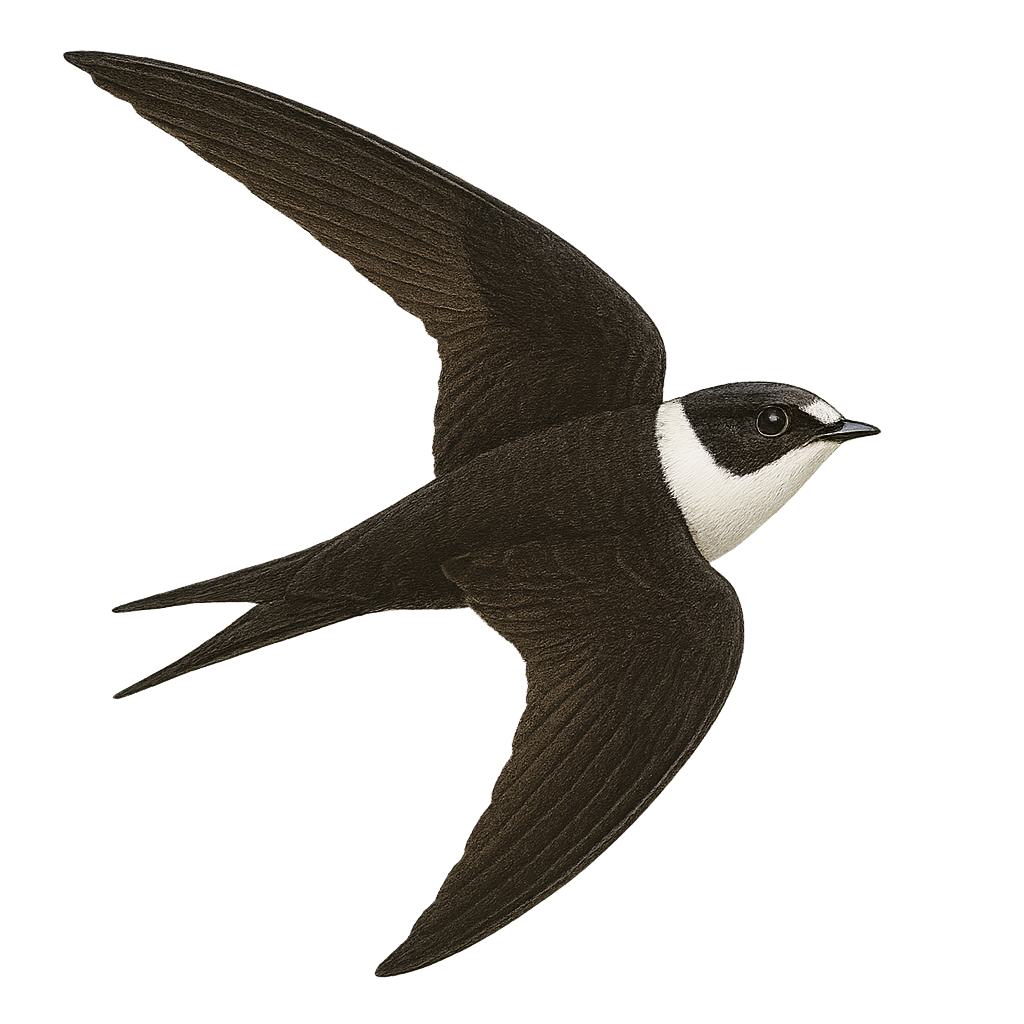Your wildlife photography guide.
Explore the lesser swallow-tailed swift in detail, study its behavior, prepare your shots.
Where to observe and photograph the lesser swallow-tailed swift in the wild
Learn where and when to spot the lesser swallow-tailed swift in the wild, how to identify the species based on distinctive features, and what natural environments it inhabits. The WildlifePhotographer app offers tailored photography tips that reflect the lesser swallow-tailed swift’s behavior, helping you capture better wildlife images. Explore the full species profile for key information including description, habitat, active periods, and approach techniques.
Lesser Swallow-tailed Swift
Scientific name: Panyptila cayennensis

IUCN Status: Least Concern
Family: APODIDAE
Group: Birds
Sensitivity to human approach: Suspicious
Minimum approach distance: 10 m
Courtship display: April to May
Incubation: 20-22 jours
Hatchings: April to June
Habitat:
tropical forests, forest edges, urban areas
Activity period :
Primarily active during the day, with peak activity in the morning and late afternoon.
Identification and description:
The Lesser Swallow-tailed Swift, or Panyptila cayennensis, is a fascinating bird primarily inhabiting the tropical regions of Central and South America. This small bird, about 14 cm long, is easily recognizable by its forked tail and black and white plumage. It is often observed in fast and graceful flight, capturing insects in mid-air. Its natural habitat includes tropical forests, forest edges, and sometimes urban areas. Although it is often on the move, it nests in tree cavities or artificial structures. The Lesser Swallow-tailed Swift is a social bird, often seen in groups, and its ability to fly at high speeds allows it to easily escape predators.
Recommended lens:
400 mm – adjust based on distance, desired framing (portrait or habitat), and approach conditions.
Photography tips:
To photograph the Lesser Swallow-tailed Swift, it is advisable to use a 400mm lens or longer to capture precise details of this bird in flight. Opt for sunny days to benefit from good natural light, which will allow you to freeze the bird's rapid movement. Try to spot areas where they often gather, such as forest edges or open areas near tropical forests. Be patient and ready to adjust your settings quickly to follow their fast and unpredictable flight.
The WildlifePhotographer App is coming soon!
Be the first to explore the best nature spots, track rutting seasons, log your observations, and observe more wildlife.
Already 1 439 wildlife lovers subscribed worldwide

